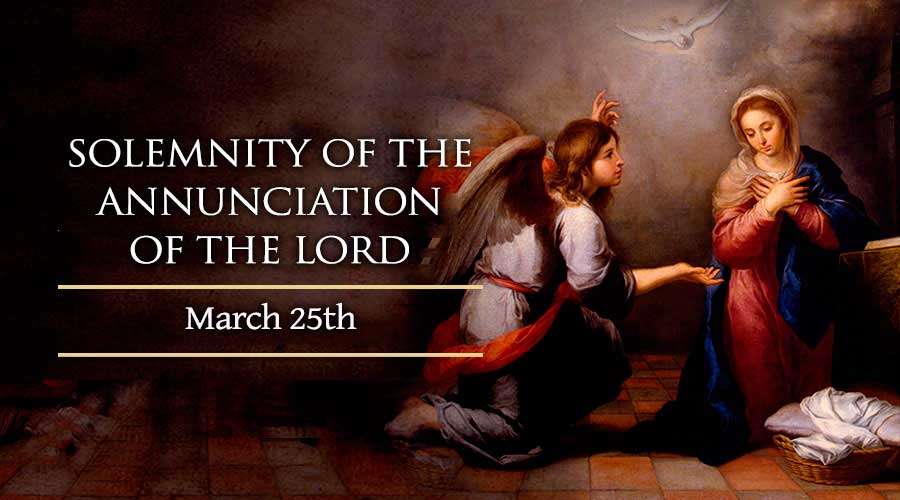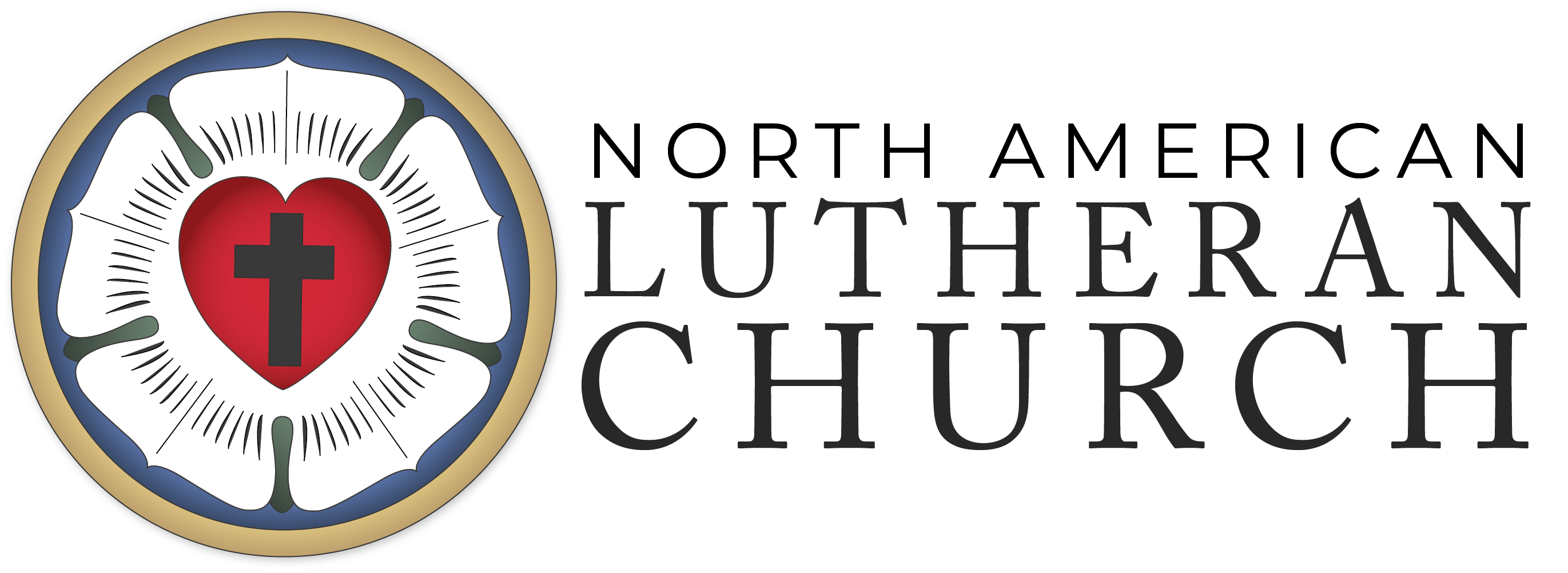
About the Festival
Exactly nine months before Christmas, the church celebrates the first moment of the coming of God to his people. With the Savior’s conception the new age had begun, and so even into the eighteenth century this day was, in many places, considered the beginning of the year. It was also regarded in some places as being the day on which the world was created, this joining the first creation and the new creation, creation and redemption, on one day.
The day is a festival of Christ. The heights of Mary’s exaltation as most favored, chosen to be the birth-giver of God, are surpassed by the splendor of that event of which she was the chosen vessel: the entrance of God into the world.
The celebration of the angel’s announcement to Mary that she was to become the mother of the Savior seems to have originated in the East in the fifth century, where it is called evangelismos, the good news. The festival was introduced in the West during the sixth and seventh centuries and was universally celebrated by the time of the Tenth Synod of Toledo in 656. The date of March 25, precisely nine months before Christmas, is practically universal, but some churches in Spain kept the commemoration during Advent, on December 18. In the eleventh century, Spain accepted the traditional date but retained the December date also so that the Annunciation was celebrated twice. In the eighteenth century, Rome made December 18 “The Expectation of the Blessed Virgin of the Birth” of Christ.
The observance of March 25 presents certain practical problems, for the feast usually falls during Lent, when joyful celebration seems out of place, and often occurs in Holy Week, when the celebration must be postponed until after Easter week. Periodically, therefore, the suggestion is made that the day be moved to some time in Advent, closer to Christmas, when the church is anticipating the birth of Christ, but the suggestion has not been accepted. The tradition of counting back nine months is strong. In the Eastern Churches the Feast of the Annunciation is of such importance that it takes precedence over a Sunday in Lent with which it may coincide.
The title for the Blessed Virgin Mary, first used apparently by Cyril of Jerusalem (d. 387), Theotokos (the birth-giver of God), which in popular Latin usage became Mater Dei (mother of God), was affirmed by the Council of Ephesus in 431. The day commemorates Mary’s acceptance of her vocation, assenting to the message of the angel Gabriel, and opening the way for God to accomplish the salvation of the world. In the mid-second century, Justin described Mary as “the new Eve.” As mother of the new Israel, Mary is thus the counterpart to Abraham, the father of God’s chosen people.
In the Middle Ages it was thought that, following a mystical conjunction of events, March 25 was not only the day on which the Incarnation began but was also the day on which creation began and the day on which Christ was crucified; so the great doctrines of creation, incarnation, and redemption were brought together as one. The Annunciation was therefore observed as New Year’s Day for much of Christian Europe from the sixth century down into the eighteenth century.
Although the festival is often associated with Mary (in England it is called Lady Day), in its origins the day is a festival of the Lord. The oldest titles for the day are “Annunciation of the Lord” and “the Conception of Christ.”
The Moravian Church observes this date as the Festival of All the Choirs. That observance suggests the possibility of a celebration in honor of those who serve the church through music, which joins the songs of earth to the praises of the heavenly chorus.
Excerpts from New Book of Festivals & Commemorations: A Proposed Common Calendar of Saints by Philip H. Pfatteicher, copyright, 2008 by Fortress Press, an imprint of Augsburg Fortress.
See also: The Annunciation
Reading
From Athanasius, On the Incarnation of the Word
The incorporeal and incorruptible and immaterial Word of God came into our world, even though he was not absent from it before. For no part of creation was without his presence; with his Father he was present everywhere. He came in loving-kindness to make himself known openly to us. Seeing the race of rational creatures passing away and death reigning over them, he could not stand aside. He did not want creation to perish and his Father’s work in creating human beings to be in vain. He therefore took a body no different from ours, for he did not simply will to be in a body or merely to be seen. If he had wanted simply to appear, he could have accomplished that by some another and higher means. Instead he took a body no different from ours.
Within the womb of the pure and spotless virgin he built himself a temple, a body. He made it his very own instrument in which to dwell among us and make himself known. He therefore took a body like ours, and since all were subject to death, he delivered that body to death for all, with supreme love offering it to the Father. He did so to destroy the law of death passed against all humanity, since in him all died. The law, which had spent its force on the body of the Lord, no longer had any power against his people. Moreover, in this way the Word restored the immortality we had lost and recalled us from death to life. He destroyed the power of death, as a fire consumes chaff, by means of the body he had taken and the grace of the resurrection.
This is why the Word took a mortal body, so that this body, sharing in the Word who is Lord of all things, might submit to death in place of all, and yet, because the Word dwelt in that body, it would remain incorruptible, and all would be freed for ever from corruption by the grace of the resurrection.
The body he assumed, therefore, he offered to death as a spotless victim and so banished death from all humanity. For the immortal Son of God, united with all humanity, gained immortality for all humanity through resurrection from the dead.
Chaps. 8-9, trans. PHP
Propers
Pour your grace into our hearts, O Lord, that we who have known the incarnation of your Son Jesus Christ, announced by an angel, may by his cross and passion be brought to the glory of his resurrection; who lives and reigns with you, in the unity of the Holy Spirit, one God, now and forever.
Gregorian sacramentary no. 143, BCP, LBW, ELW
Readings: Isaiah 7:10-14; Psalm 40:7-11 or 40:1-11 or 40:5-10 or Magnificat; Hebrews 10:(4) 5-10; Luke 1:26-38
Hymn of the Day: “Ye who claim the faith of Jesus” (H82 269); “Blest are the pure in heart” (H82 656, SBH 394); “The advent of our God” (LBW 22; LSB 331 alt.)
Prayers: For purity of heart; For obedience to the word of God; For joyful submission to the will of God.
Preface: Christmas (or Epiphany, BCP)
Color: White
